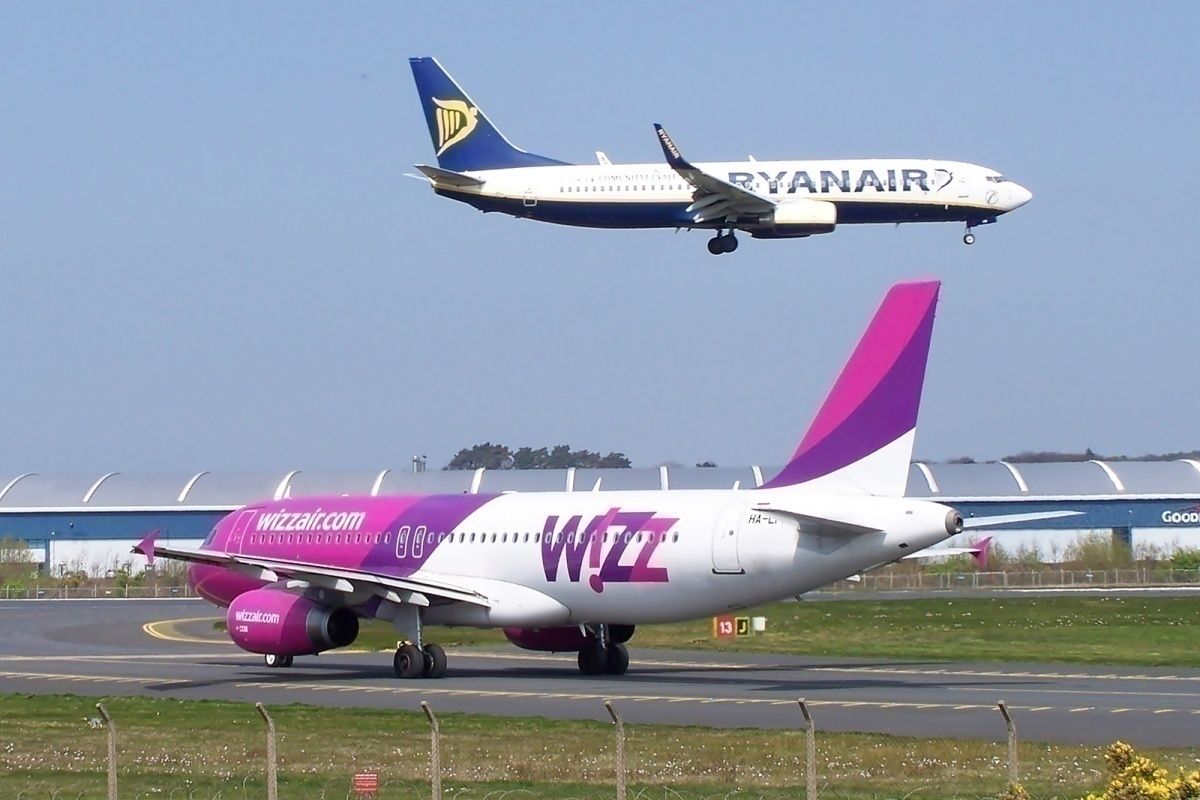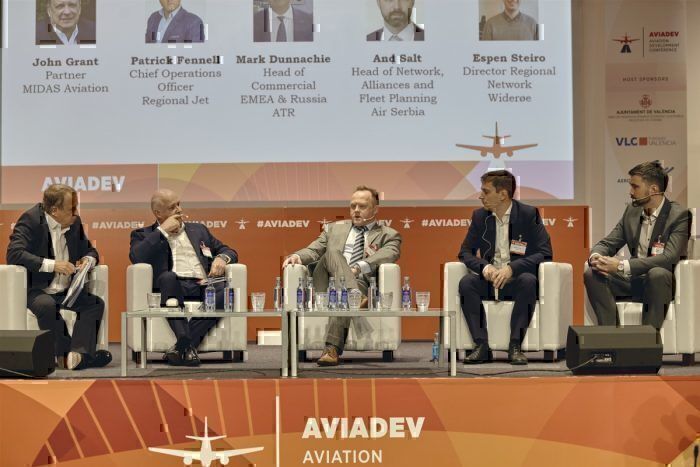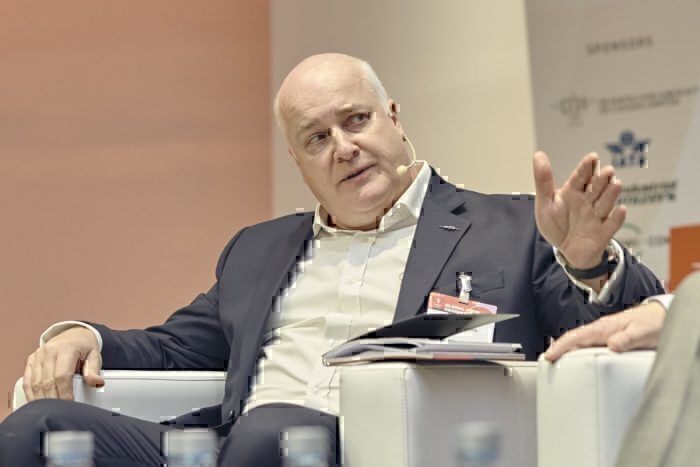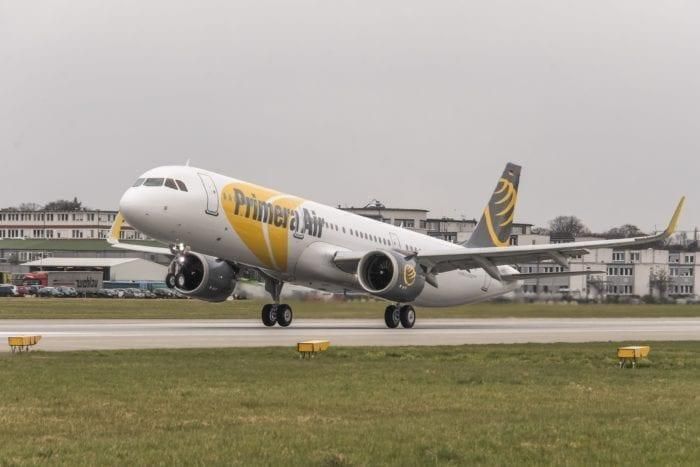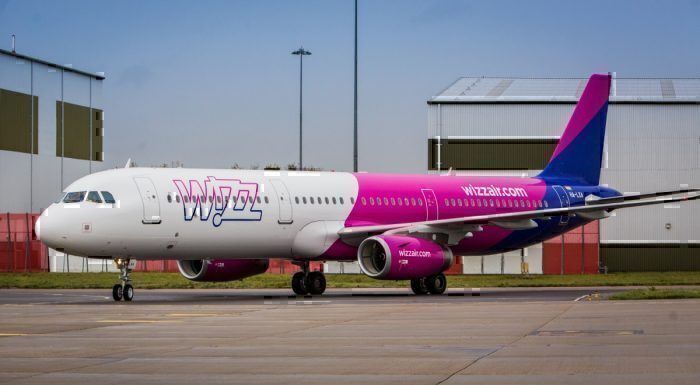Of all the airline collapses over the past couple of years, the majority have been in the low-cost sector. It seems that this cutthroat marketplace is only profitable for a lucky few, and that newcomers are just too squeezed to really become a success. As such, we’re asking, has the European low-cost market peaked?
Have we overstimulated markets?
It’s always enlightening to dive into the world of the low-cost airline. In the majority of cases, they survive on taking away something that the customer needs and wants then selling it back to them at an over-inflated price. John Grant of MIDAS Aviation posed an interesting question in regard to this during one of the panel discussions at the recent AviaDev Europe Conference. He asked,
“Have we over created and overstimulated markets that really aren’t there? Now that we have NDC and ancillary revenues … are we actually providing free transport to then sell ancillary products?”
It’s a reasonable question. Secondary sales are the heartbeat of many a low-cost carrier, offsetting those cheap seats with charges for everything else. In fact, Ryanair boss Michael O’Leary once said that he envisaged giving seats away for free, making his money instead through ancillary sales and profit sharing with airports.
So if ancillary sales are the life blood of the low-cost airline, why do so many keep failing?
The low-cost model has peaked
Head of commercial at turboprop specialist ATR, Mark Dunnachie, took the bull by the horns with his response. He said,
“In many ways, the low cost model has peaked. There’s some fascinating statistics [about low-cost airlines]; for every route they announce they’ve opened, they’ve closed down two.”
Although we’ve been unable to confirm that idea, it does seem that route launches are slowing down. Anna.aero suggest that in 2018, although Ryanair remained the top of the leaderboard for most launched routes, there were 60 fewer launched that year than in 2017. Notably, however, it’s incredibly hard to find a pool of information on how many low-cost airlines’ routes were closed in recent years. Dunnachie explained,
“They never talk about this; you never see a tweet from Michael O’Leary or AirAsia saying, ‘by the way we just closed a couple of routes because they weren’t viable with the product offering or the fare structure.’”
While it’s true low-cost airlines make a big song and dance out of a new route announcement, there’s often very little of note when a route is dropped. Of course, we do hear about the significant ones, such as Norwegian dropping Irish routes, Ryanair closing bases and Eurowings backing out of the long haul game. But how many less prominent routes are cut quietly, without anyone really noticing?
Has the low-cost market ‘peaked’ then?
The demise of WOW air back in March was not anything particularly unusual for Europe. Over the past couple of years, we’ve watched airline after airline close their doors, the majority of which have been low-cost carriers. Air Berlin, Monarch, Primera, Flybmi… the list goes on.
The problem is that the margins for low-cost airlines in Europe are very slim. Smaller airlines have nothing to compete with giant LCCs such as Ryanair with apart from price, and without the economies of scale that larger airlines have, there’s much less wiggle room should something change.
2018 saw some significant changes, with wages rising and a 20% increase in global fuel prices. With operating costs going up and ticket prices going down, there was just nothing left for many of these airlines to survive on. Larger airlines like Ryanair and easyJet were able to ride it out, although even they reported lower profits. Smaller airlines, however, had no choice but to shut up shop.
There is one exception to the rule, and that’s Hungarian newcomer Wizz Air. Its strategy of being a truly low-cost airline alongside pushing ancillary sales allowed it to stride through the challenges of the past 12 months.
However, Wizz is very much the outsider. IATA estimate that 70% of the operating profits in Europe come from the big three network airlines (IAG, Air France-KLM, Lufthansa Group) while the remaining 30% gets shared between easyJet, Ryanair, Wizz and middle-sized Aeroflot and Turkish Airlines. As such, there is very little business left to sustain the little airlines.
Whether it has peaked or not, low-cost competition is generally seen as a good thing for the European market as a whole. And Salt, Head of Network Planning at Air Serbia, commented saying,
“This is the reality. It pushes us to be better. If you have a closed market, you don’t innovate and you don’t improve. Competition for the market is great; for an individual operator it can be scary, but for the market its good.”
Like it or not, low-cost airlines are here to stay. However, with the lion’s share of the market eagerly consumed by just a handful of established operators, it remains to be seen whether there is room for any more players in this space.

